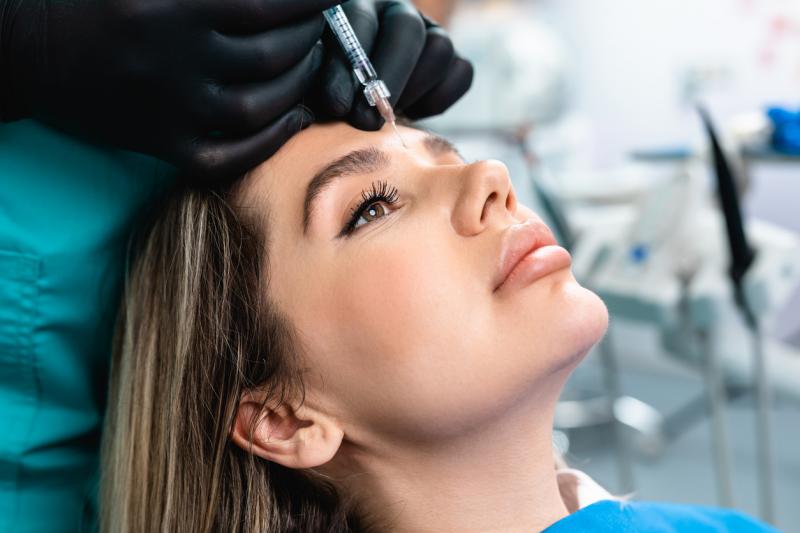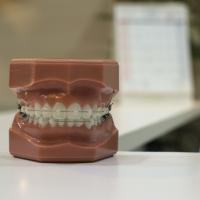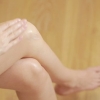Home > Blog > Skin and Body
Can Dermal Fillers Be Removed?

Dermal fillers have quickly become a popular option for those hoping to reduce the look of lines and add facial volume and fullness. This minimally invasive procedure can allow your face to look rejuvenated and perhaps restore any confidence and self-esteem that’s been lost due to facial sinking. Reputable laser dermatology centres, such as remington-laser.com, always put their clients first, ensuring they are fully informed on any injection procedure they do.
That said, we can’t always account for how we emotionally respond to a medical procedure, regardless of how extensive it is. No matter how much research you can do, you can’t prepare yourself for how you feel once it’s done. This can cause some to look into reversing the treatment. But in the case of dermal fillers, can they be removed? Let’s take a look.
What are dermal fillers?
Dermal fillers are gel-like substances that are injected beneath the skin to restore lost volume, smooth lines, soften creases, or enhance facial contours. They are a widely accepted procedure, as the gel mimics what’s already in your body, eliminating the need for allergy testing. Such ingredients may include hyaluronic acid, calcium hydroxylapatite, poly-L-lactic acid, and polymethylmethacrylate. Thousands of people choose this rejuvenation treatment annually due to its relative affordability and non-invasive nature.
Can dermal fillers be removed?
Ultimately, yes, dermal fillers can be removed. However, the process isn’t perfect. Hyaluronic acid fillers can be partially or completely removed by injecting them with an enzyme called hyaluronidase. When injected into the area where you have your dermal filler, hyaluronidase dissolves the hyaluronic acid particles to help correct issues such as:
- Overfilling or dissatisfying results
- Excessive or prolonged swelling
- Infection in the treatment area
- A lumpy or irregular texture that doesn’t respond to massaging
- Vascular compromise (when the filler is injected too close to a blood vessel, thus impacting the blood flow)
Choosing to reverse a filler treatment with hyaluronidase is low-risk, and this removal will not impact any future dermal filler injections. Unfortunately, fillers that are formulated without hyaluronic acid don’t have a dissolvable agent available. Fillers that do use hyaluronic acid include Juvederm and Restylane.
However, it must be noted that dermal fillers are not permanent solutions to anti-ageing and skin rejuvenation. Fillers only last between six and twelve months and gradually shrink over time as your body breaks down the gel. Therefore, if you feel that you can live with the fillers until they have disappeared, an alternative to the hyaluronidase enzyme is simply waiting it out.

Why Might You Need Your Dermal Fillers Removed?
The majority of dermal filler procedures go well and according to plan. However, there are two main reasons why someone may choose to remove their dermal fillers.
- They experienced a complication. This is typically caused by an inexperienced injector or an inauthentic product.
- They didn’t love their results. While no one can account for how they will feel about their results, some dislike the end result enough to get the filler removed altogether.
How Do You Avoid Needing Your Dermal Fillers Removed?
Taking the time to do your research is incredibly important when it comes to any medical procedure, whether invasive or not. By choosing a dermatologist or professional who has a proven track record, you can feel confident that the procedure will go to plan. It’s important to note that complications are rare when it comes to dermal fillers, however taking those proactive steps to ensure success is never a bad idea. Plus, finding a professional that you feel comfortable with can allow you to return to them next time, without any of the hassles that come with a first appointment.
More to Read:
Previous Posts:






